One of the most important things to do as a new blogger is to make sure you have the basics covered. Although jumping into social media or writing blog posts is tempting, one of the first things you need to do is to create core pages for your blog.
Currently reading: 5 Pages Every Blog Should Have Click To Tweet
These are the best and easiest way to add context, tell people about yourself and your website, give them a reason to engage with you, and cover yourself legally in terms of data protection.
To create a page for a WordPress website, log in to your WordPress Dashboard and go to Pages > Add New.
Let’s get started!
An “About” page
This is the page people often find the hardest to write. The most important thing to remember is that your About page isn’t really a biography or description. Instead, it should briefly introduce you and your website, give your visitors a reason to care, and then direct them to what you want them to do next. This will depend on the type of blog you have and what your goals are.
It’s up to you how you structure your About page, but it could be something like this:
1. Introduce yourself – A few sentences about you, your life and background, personality, achievements. If you want to work with brands, give some information about traits that would make you a good pick, for example sticking to deadlines, can-do attitude, any past writing or marketing you’ve done.
2. Introduce your blog – What’s your blog about and why should people care? If your main objective is to get people to read your posts, include a few links to your most popular posts. If you have any digital products or services, for example ebooks or virtual assistant packages, this is a great opportunity to showcase them.
3. Call to action – About pages are often the most visited page on any website, so it’s essential you make the most of it with a clear call to action. What do you want your visitor to do next? Maybe it’s checking out your latest post, or heading to your contact page, or following you on social media, or shopping your items, or visiting a popular post you want to drive more traffic to. The temptation here is to throw out links to everything that’s important to you, but just have one instruction and link for them to follow to avoid distractions.
Tip: If you struggle to talk about yourself, ask a friend to describe you (or even switch and write for each other. Even if they aren’t a blogger, they may want a summary of themselves for LinkedIn, another social network or dating website, or their resume). If you have any positive reports or testimonials about yourself from anything, e.g. school or client work or volunteering or career references or even a hobby, like musical theatre, you could make use of those too.
A “Contact” or “Work With Me” page
Whether it’s for your visitors or potential paid work, an easy and obvious way to contact you is a must.
1. How to contact you – If it’s a form they need to fill out, keep it short and to the point. Offer an alternative way to contact you just in case.
2. What to contact you about – Such as, “I’d love to hear any ideas you have for collaborating or working together to promote your brand,” or “We’re a media-friendly blog. Please contact me for details on sponsorship and advertising opportunities, and I’ll gladly put together a custom package for you,” or “I’d love to hear your feedback on my blog. If you have any comments or questions, please get in touch below.” or “Please don’t contact me about SEO or web design services.”
3. When to expect a reply – If for some reason you miss their message (your contact form doesn’t work, the email goes to spam, or it isn’t delivered for some reason), letting people know when they should hear back from you gives them a chance to follow up again if they don’t hear anything. You could also offer another way to get in touch, such as your Twitter account, if it’s not already prominent on your website.
Tip: Most people find their contact page is very short, and that’s totally fine. It’s normal to have a few shorter posts or pages on your website, as long as the vast majority are at least 300 words. A short contact page is less distracting and increases your chances of someone contacting you. If you’re really concerned, add some extra text separately under your main contact details/form such as an extended testimonial, a list of some of the companies or blogs you’ve worked with (without links) with permission.
A “Privacy Policy” page
Even if you’re not running advertising or monetizing your blog, it’s good to have a privacy policy so you’re covered. There are plenty of free privacy policy generators on the internet, or you could pay for one from somewhere like The Contract Shop. You’ll most likely also want your privacy policy to be GDPR compliant (see the relevant section of GDPR For Bloggers when you’re at the stage of creating your privacy policy).
A privacy policy is typically the bit that freaks new bloggers out, but don’t worry. No one’s going to come knocking on your door complaining your blog’s privacy policy isn’t perfect. It’s better to have something than nothing.
A “Cookie Policy” page
As well as notifying your visitors that your website drops cookies, you’ll want a page that explains your cookie policy. Again, this doesn’t have to be anything too long or complicated, and there are online generators to help you. If you’re a Lyrical Host customer, we can also look at your site and provide a list of the cookies you’re dropping to help you form your cookie policy. Just raise a support ticket any time.
A “Resources” page
A Resources page typically includes the tools and services you use for your blog. It’s a quick and easy way to monetize your website through affiliate programs, such as ours! It’s an opportunity to showcase the products and services you love and make extra money at the same time. Just don’t forget to disclose your links.
Even if you don’t plan to monetize your blog by recommending tools and services, a Resources page is a great way to direct people to your site and answer their question quickly if they ask you what you’re using for email marketing, pinning, graphics, etc.
And those are the six pages every blog should have!
Bonus: A “Start Here” page
The great thing about a Start Here page is that you can make it whatever you like. If you want to use it as a introduction to your most popular posts, or the posts that are most relevant to you as a person, you can do that. If you want to talk about what’s most relevant to you at the moment (for example a particular affiliate relationship, or a service you’re offering), you can do that too. You can even use it as the page you link to in your Instagram bio. If you’ve had some kind of online presence before that you want to detail, or you want to tell people about how you discovered websites/blogging, that’s cool too.
Tip: If you’re starting from scratch and you don’t have posts or products/services to share yet, you could make your Start Here page an invitation to subscribe to your blog or email list and to welcome people to your blog. You could even create a mini to do list of your main goals, plans or blog post ideas, and either strikethrough or link to relevant posts when you write them. If you don’t feel ready or that it’s necessary to write a Start Here page yet, that’s fine too!
Like this post or know someone who would? Pin it for later:
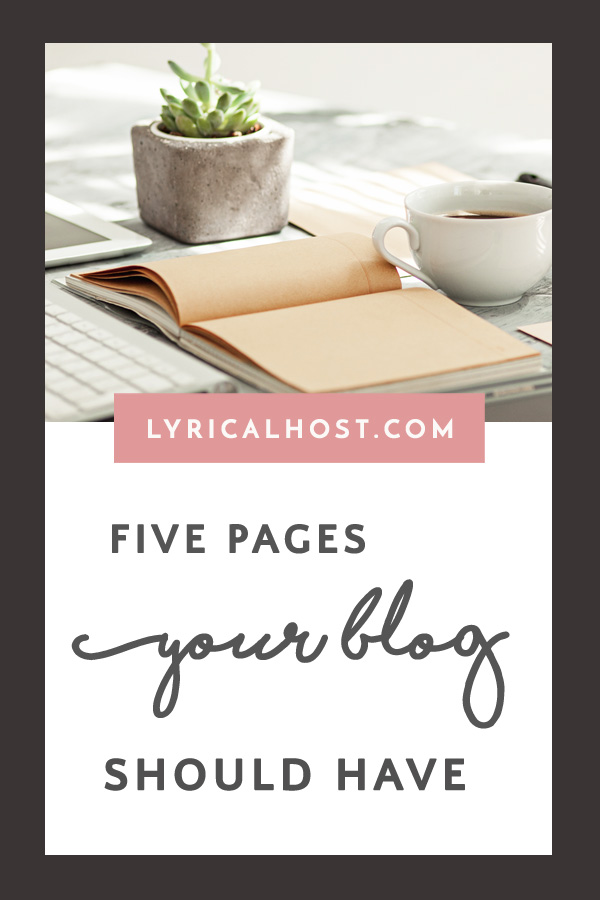


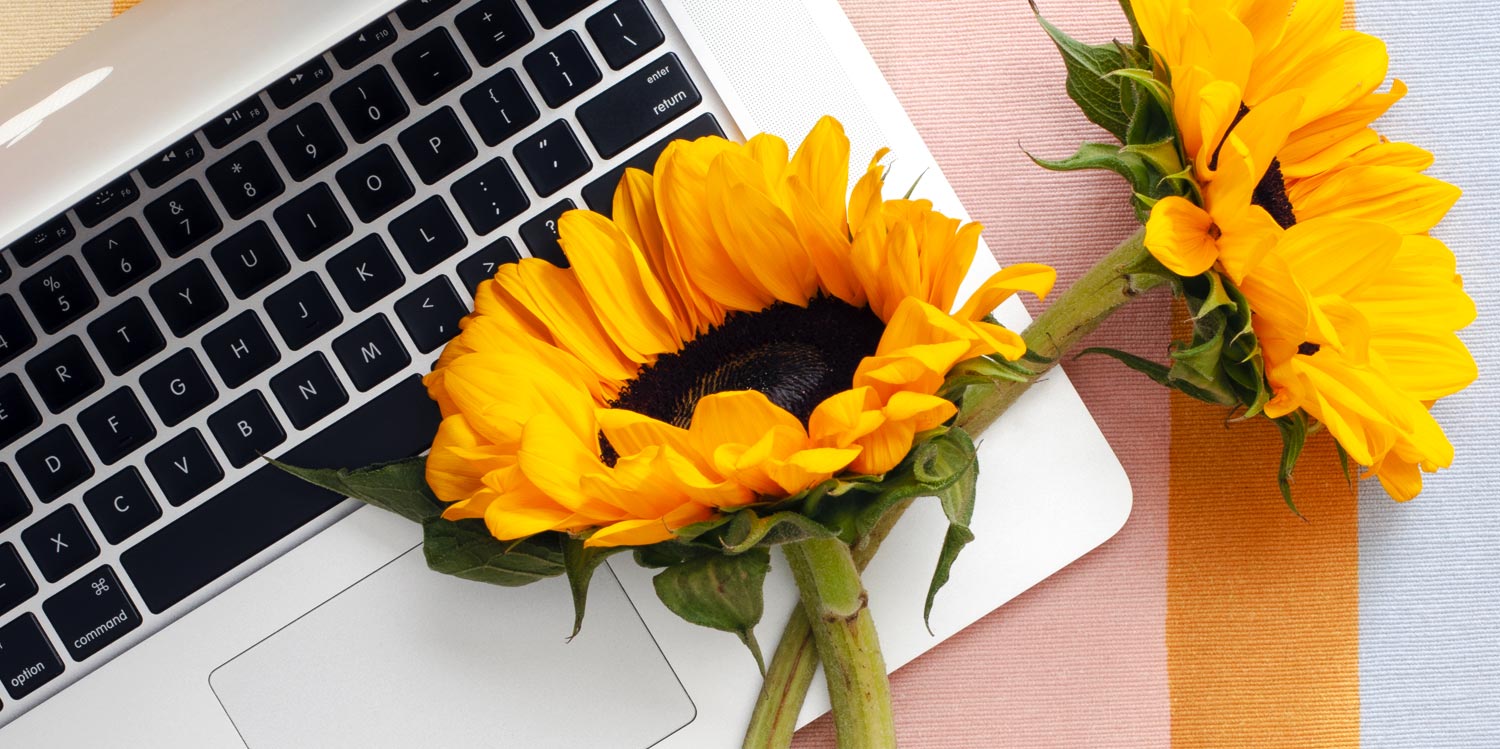
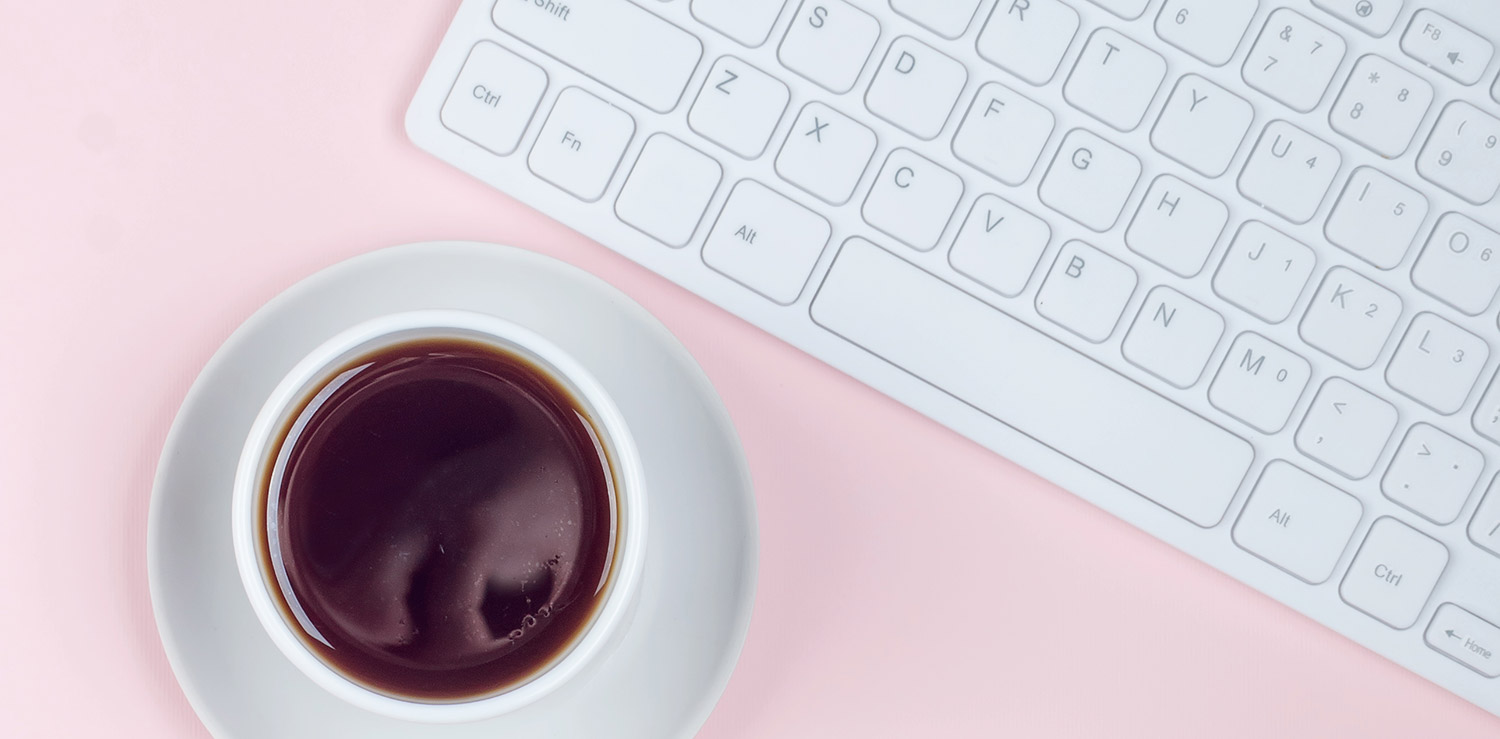
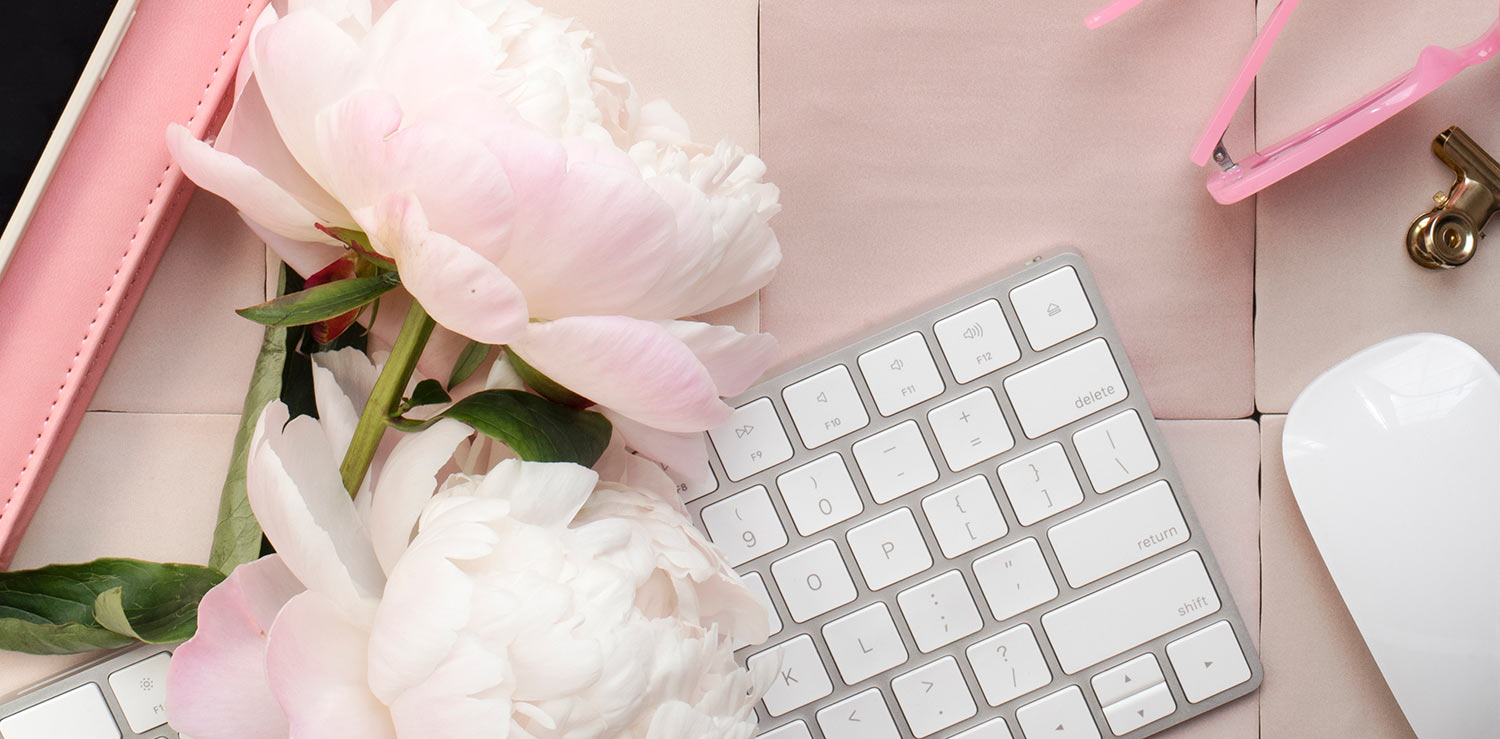
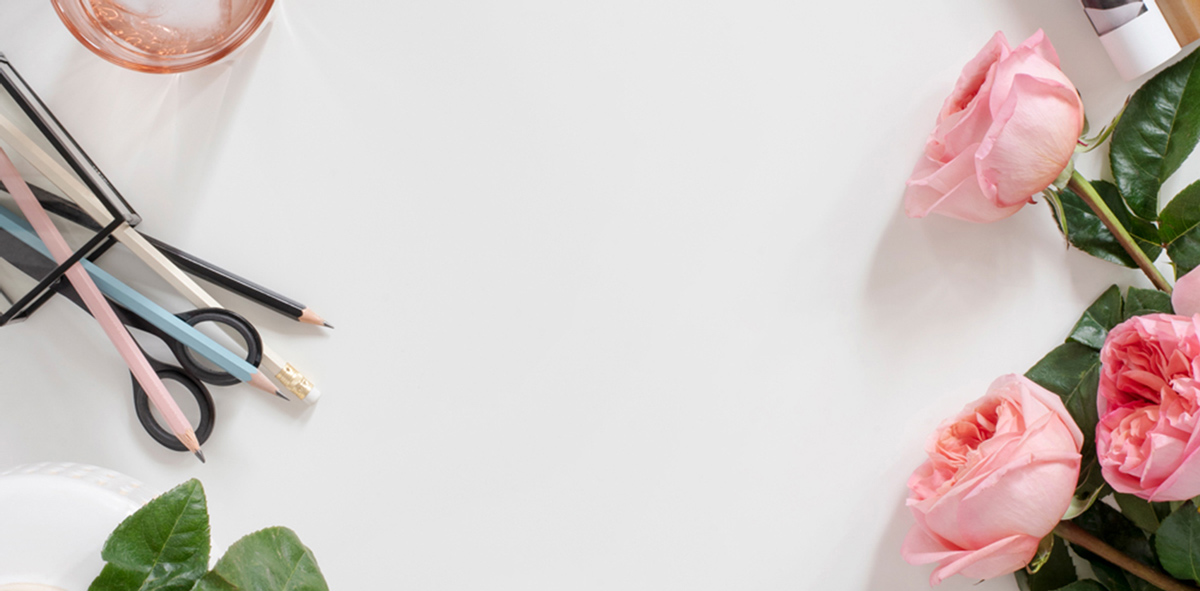
Amber Corcoran
I hadn’t even thought about a “Start Here” page and think it’d be a great addition! I’ve ticked off everything else in this list now, just need to update my about me page. Thank you for the tips!!
Jenni
Yay! 🙂 You’re very welcome!
Pingback: How To Easily Manage Multiple WordPress Blogs - Lyrical Host